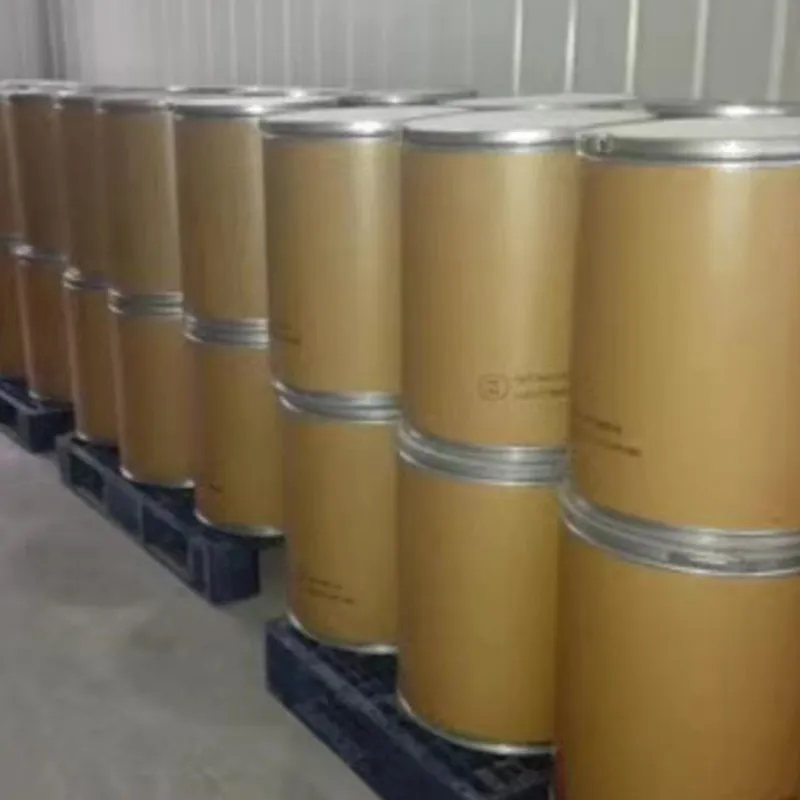
e150a food additive
Understanding E150a The Caramel Color Additive
Food additives play a pivotal role in enhancing the appearance, flavor, and shelf life of many products we consume daily. One such additive is E150a, commonly known as plain caramel or caramel color. This food color, widely used in various industries, has stirred conversations about health, safety, and regulatory standards. In this article, we will delve into what E150a is, its uses, potential health impacts, and the regulatory frameworks guiding its application.
What is E150a?
E150a is a food coloring agent derived from the controlled heating of carbohydrates, typically sugars. The process involves caramelization, where sugars break down and transform under heat, leading to the formation of pigments that give food a rich brown color. E150a is one of several types of caramel color, each with different properties and uses, but it is specifically classified as plain caramel and is the least processed form among caramel color additives.
E150a is recognized as generally safe for consumption and is approved for use in various food products worldwide. Regulatory bodies like the European Food Safety Authority (EFSA) and the U.S. Food and Drug Administration (FDA) have recognized the use of E150a as safe. However, like all food additives, it is subject to strict regulations to ensure consumer health and safety.
Uses of E150a
E150a is primarily used to enhance the color of food and beverages, providing an appealing aesthetic that can influence consumer perception and desirability. It is commonly found in products such as
- Beverages Soft drinks, juices, and alcoholic beverages often use E150a to achieve a rich, inviting color. - Sauces and Condiments Many sauces, such as soy sauce, barbecue sauce, and gravies, rely on E150a for its coloring properties. - Bakery Products Brown breads, cakes, and pastries may contain E150a to improve their appearance. - Confectionery Chocolate and candies often incorporate this coloring to enhance visual appeal.
The versatility of E150a makes it a popular choice in the food industry, allowing manufacturers to create visually appealing items that attract customers.
e150a food additive

Health and Safety Concerns
Although E150a is widely regarded as safe, concerns about food additives often arise. Some people may have allergic reactions or sensitivities to certain color additives, including caramel colors. Research has indicated that, in some cases, caramel colors can contain trace amounts of potentially harmful compounds, such as 4-methylimidazole (4-MEI), which is formed during the manufacturing process.
4-MEI has been the subject of safety assessments due to its association with cancer in animal studies. However, the concentrations typically found in foods with E150a are generally considered low and within safety limits set by health authorities. It is essential for consumers to remain informed about food additives and their potential effects but also to understand that regulatory bodies monitor these substances rigorously.
Regulatory Oversight
Regulatory bodies worldwide keep a close eye on food additives, including E150a. In the European Union, food color additives must undergo rigorous safety evaluations before they can be approved for use. E150a has undergone such evaluations and is permissible in numerous food products.
In the United States, the FDA categorizes food additives under the Generally Recognized as Safe (GRAS) status, which includes E150a. However, any significant changes in its usage or new findings about its safety could prompt further evaluations.
Conclusion
E150a, or plain caramel color, serves as a vital food additive that enhances the appearance of various products, from beverages to sauces. While it remains deemed safe for consumption by reputable regulatory bodies, ongoing research and consumer awareness are crucial in understanding the implications of food additives in our diets. As consumers, being informed about what we eat empowers us to make better choices for our health and well-being. By striking a balance between enjoyment and health consciousness, we can enjoy our food while being mindful of the ingredients within.
-
Sodium Dichloroisocyanurate Safety Handling ProtocolsNewsJul.29,2025
-
Mining Chemicals for Copper Extraction Processes GuideNewsJul.29,2025
-
Fertilizer for Sale Shipping and Storage TipsNewsJul.29,2025
-
Dimethyl Disulfide as Sulfurizing AgentNewsJul.29,2025
-
Benzotriazole Safety Data Handling and Storage GuidelinesNewsJul.29,2025
-
Ammonium Bicarbonate Safety Handling Storage GuidelinesNewsJul.29,2025
-
The Transformative Role Of Trichloroisocyanuric Acid in Water TreatmentNewsJul.23,2025
Hebei Tenger Chemical Technology Co., Ltd. focuses on the chemical industry and is committed to the export service of chemical raw materials.
-

view more DiethanolisopropanolamineIn the ever-growing field of chemical solutions, diethanolisopropanolamine (DEIPA) stands out as a versatile and important compound. Due to its unique chemical structure and properties, DEIPA is of interest to various industries including construction, personal care, and agriculture. -

view more TriisopropanolamineTriisopropanolamine (TIPA) alkanol amine substance, is a kind of alcohol amine compound with amino and alcohol hydroxyl, and because of its molecules contains both amino and hydroxyl. -

view more Tetramethyl Thiuram DisulfideTetramethyl thiuram disulfide, also known as TMTD, is a white to light-yellow powder with a distinct sulfur-like odor. It is soluble in organic solvents such as benzene, acetone, and ethyl acetate, making it highly versatile for use in different formulations. TMTD is known for its excellent vulcanization acceleration properties, which makes it a key ingredient in the production of rubber products. Additionally, it acts as an effective fungicide and bactericide, making it valuable in agricultural applications. Its high purity and stability ensure consistent performance, making it a preferred choice for manufacturers across various industries.











